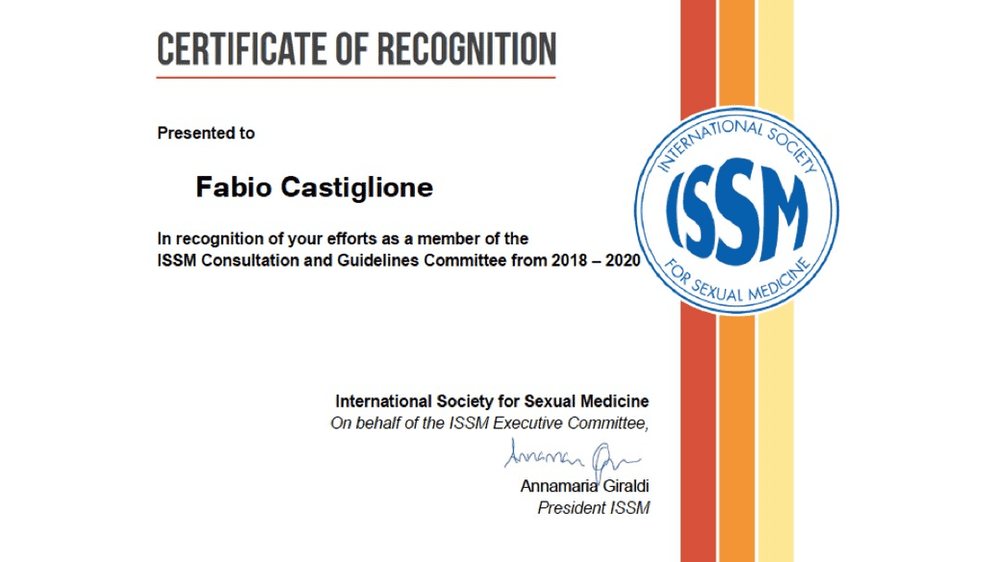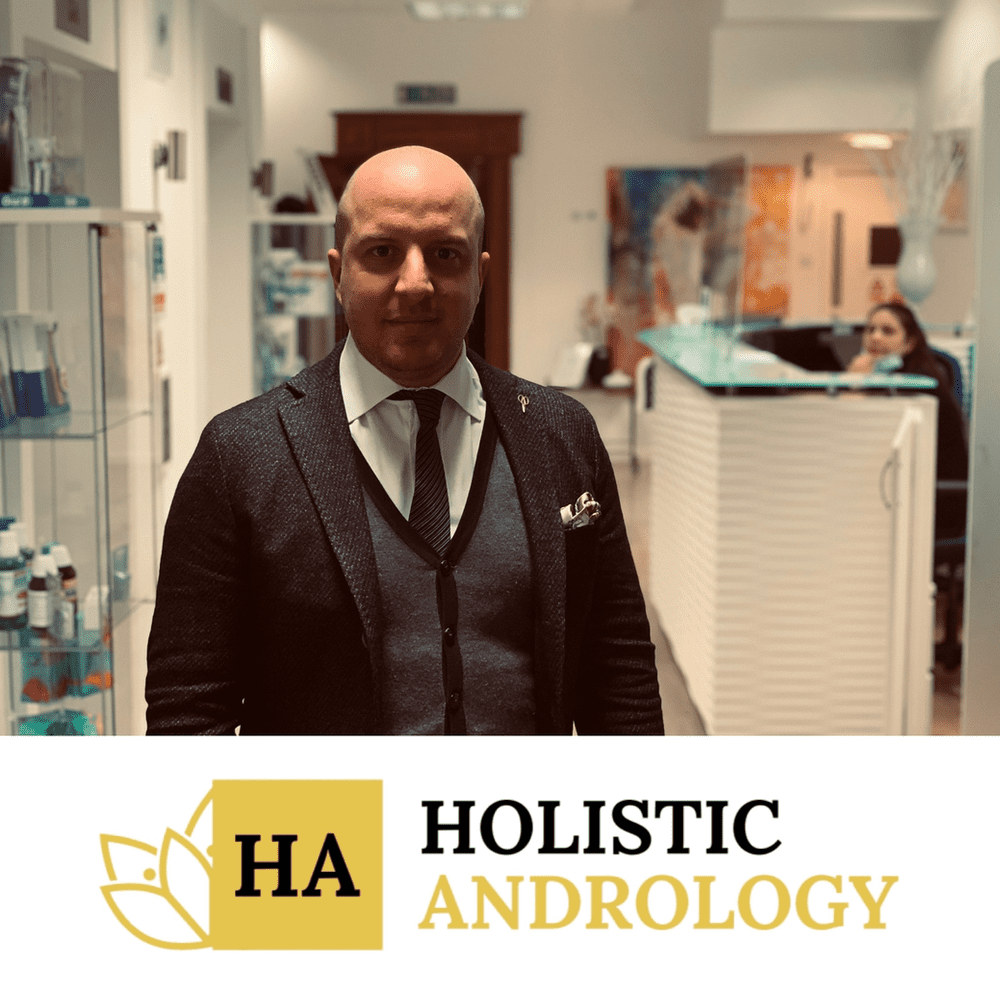Erectile dysfunction can be a sign of a more serious health problem, especially in middle-aged men. What is erectile dysfunction? … a question with many possible answers but with a great obstacle to overcome, fear, ignorance and shame!
What is erectile dysfunction? We talk about it with Dr Fabio Castiglione Urologist in London.
Dr. Fabio Castiglione is an Urologist in London and Director HolisticAndrology Clinic. The center uses a therapeutic approach based on the most recent clinical studies, on the guidelines of the international scientific societies of sexual medicine of which Dr. Castiglione, andrologist in London, is a member of the commission.

In medical books, erectile dysfunction is defined as the inability to achieve or maintain an erection sufficient for satisfactory sexual performance. In reality, erectile dysfunction is not that easy to define and can have varying degrees. Some men have only a mild condition, others are more severely affected.
What are the causes of erectile dysfunction?
Despite the silence around it, erectile dysfunction (or impotence) is very common and affects more than 50% of men between the ages of 50 and 80. More importantly, a recent scientific study of men seeking medical care for the first time for new-onset impotence found that one in four men were under the age of 40, and nearly 50% of young people complained of severe erectile dysfunction.
In previous decades, many doctors assumed that impotence problems were caused by psychogenic factors, eg. Mental stress, or related to some form of psychological problem. Although a psychological element is often present, up to 80% of erectile dysfunction cases have an organic cause. The organic causes are mainly due to some problems with the blood vessels, where either the blood does not circulate properly or there are obstacles that restrict the correct flow.
What is erectile dysfunction: What others don’t tell you …

Improper blood circulation could cause penile fibrosis and eventually lead to chronic ED. When the elasticity and compliance of the internal spongy tissue of the penis are reduced, the filling of blood will no longer result in the effective erection of the penis. Penile fibrosis leads to prolonged impairment of the erectile mechanism, even when the primary cause has been resolved (for example, after diabetes treatment has begun and the glucose level is under control). Therefore, penile fibrosis should be considered as a potential cause of treatment failure in erectile dysfunction, particularly because once established it becomes a chronic condition.
Do I suffer from erectile dysfunction?
How to diagnose erectile dysfunction?
– Clinical examination: useful to ascertain the presence of general and local conditions (phimosis, congenital or acquired penile curvature) that must be related to erectile dysfunction.
– Hormonal profile: useful for ascertaining the existence of endocrine conditions (reduced testosterone, increased prolactin, alterations in thyroid function) responsible for erectile dysfunction.
– Penis Eco-Color Doppler: during a pharmacologically induced erection with the injection of vasodilators, the speed of the blood flow inside the penis is measured. The data necessary to ascertain a reduction in arterial flow to the penis, an increase in venous outflow due to the malfunction of the “valves” that treat by retaining the blood inside the penis.
Treatments for erectile dysfunction
As a rule, ED can be successfully treated with current standard treatment options, but it cannot be cured … The problem with standard treatment options, including medications such as Viagra (PD5 inhibitors) or injection in the penis, it is that they treat erectile dysfunction as a symptom but do not treat the underlying causes. These treatments allow you to get erections on demand before and during intercourse, but will NOT restore your normal erectile function and will NOT reduce penile fibrosis. The first line of defense must always be lifestyle change! Although there are medical conditions that can regulate erectile dysfunction, the responsibility is often attributed to unhealthy lifestyle habits – changing your lifestyle can make a real difference.
Shockwave Therapy for Impotence: How Does It Work?
Extracorporeal shock wave therapy (ESWT) is a relatively new and innovative method of treating vascular erectile dysfunction. It is painless and many patients report a noticeable improvement in their ability to achieve an erection within a few weeks.
Conclusions
Dr. Fabio Castiglione is a Urologist and Andrologist in London. He is Director of the HolisticAndrology Clinic. At his centers, a therapeutic approach is used based on the most recent clinical studies, on the guidelines of international scientific societies of sexual medicine and on the extensive clinical experience of Dr. Castiglione, urologist in London.
HolisticAndrology, urology clinic in London, has always been at the forefront to improve the quality of life for all people suffering from Impotence. If you are interested and want more information, do not hesitate to contact us.
Contact HolisticAndrology, andrology clinic in London (tel. +44(0)7830398165 WhatsApp) to book an andrological consultation with dr. Fabio Castiglione, Urologist London.


